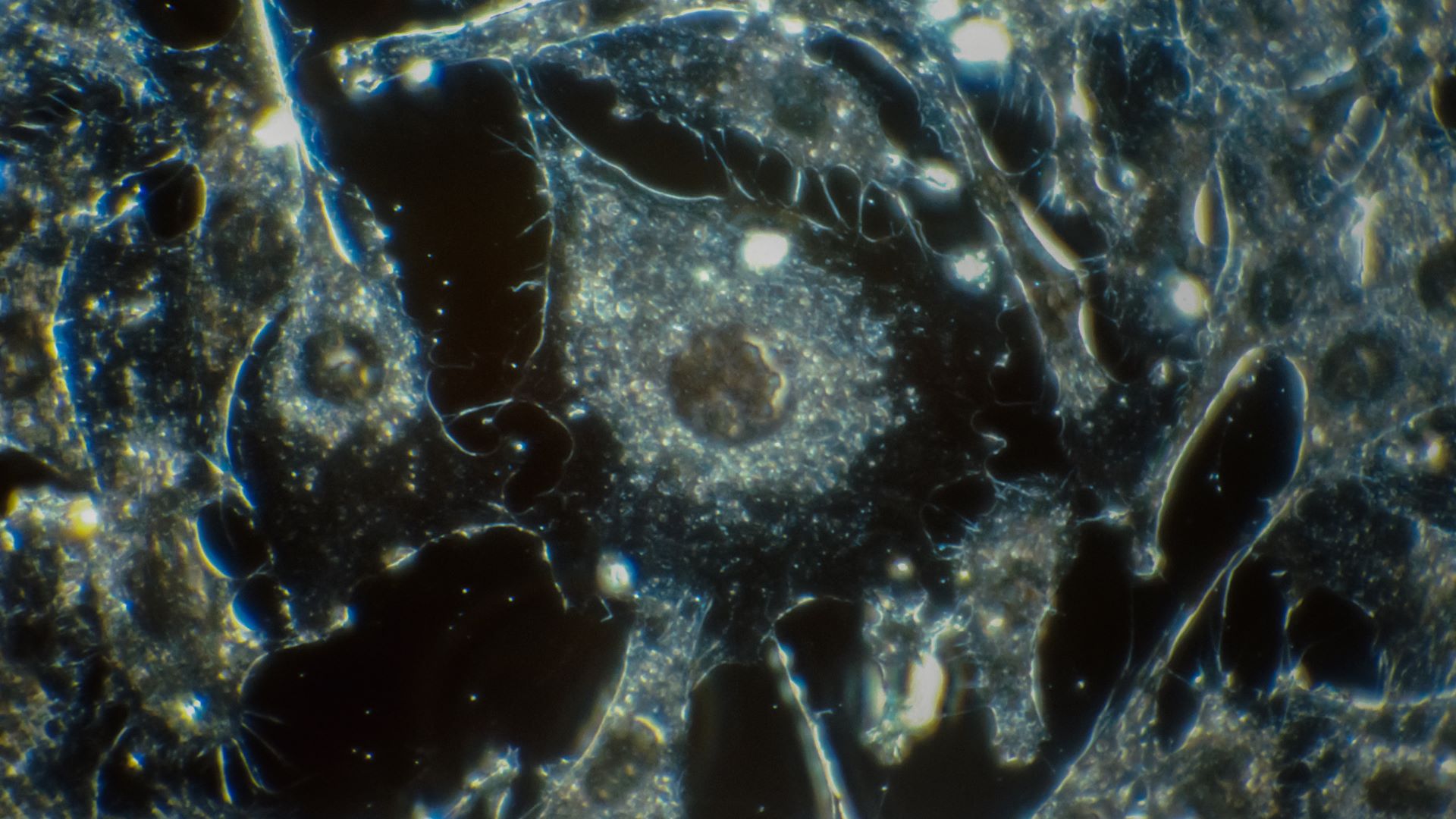The Lamen
Reduce your cancer risk by exercising just 5 minutes a day

Experts have regularly promoted exercise as one of the best lifestyle measures to reduce cancer risk — and a new study substantiates the fact that even 5 minutes of exercise could starve these “rogue cells.”
Photo: National Cancer Institute/Unsplash
Affecting 1 in 3 people in the US during their lifetimes, cancer isn’t easily preventable. The term “cancer” covers over 100 different conditions, but there’s one inherent quality they all share — the uninhibited growth of some cells gone rogue, which eventually compete with normal cells for resources and starve your body of essential molecules.
Is cancer preventable? The short answer: it’s complicated. However, a new study suggests that you can slash your risk of some cancers by a third by exercising just 4.5 minutes a day.
- Published in JAMA Oncology, research led by the University of Sydney used data from the wearables of 22,398 “non-exercisers” to track their daily activity. This was followed by monitoring the group’s medical records for nearly seven years, looking for the incidence of cancer.
- The researchers found that just 3.5 minutes of vigorous-intensity physical activity (“Vigorous Intermittent Lifestyle Physical Activity,” or “VILPA”) was associated with up to 18 percent reduction in cancer incidence. For 4.5 minutes of VILPA, they observed a 32 percent reduction in cancer incidence compared to those with no VILPA.
- 2356 new cancer events were reported over an average follow-up of 6.7 years, with 1084 cases being physical activity-related cancers.
- The cancer sites that demonstrated a reduction in incidence were those associated with physical activity, including liver, lung, kidney, gastric cardia, endometrial, myeloid leukemia, myeloma, colorectal, head and neck, bladder, breast, and esophageal adenocarcinoma.
Compelling evidence has consistently proven that even moderate amounts of exercise reduce the risk of several types of cancer, but this study highlights that it’s not really about the type of exercise but intensity.
- The researchers describe VILPA as “very short bursts of activity — around one minute each — we do with gusto each day,” including activities like housework, carrying heavy bags from shopping, bursts of power walking, or some high-energy games.
- “VILPA is a bit like applying the principles of High-Intensity Interval Training (HIIT) to your everyday life,” said lead author Professor Emmanuel Stamatakis.
Our traditional understanding of cancer has evolved over time, and we now identify it as a disease of phenotypic plasticity — meaning that the fate of cancer cells can shift from one state to another. As such, physical activity is only part of the equation in winning the war on cancer.
New factors come to light as sweeteners for fizzy favorites get labeled as “possible carcinogens,” while some long-standing yet exotic theories surrounding inflammation and gene mutations remain key pillars of cancer research. The possibility that we may someday cure cancer seems optimistic yet brazen when cellular dysfunctions and death seem like an inevitability of our existence.